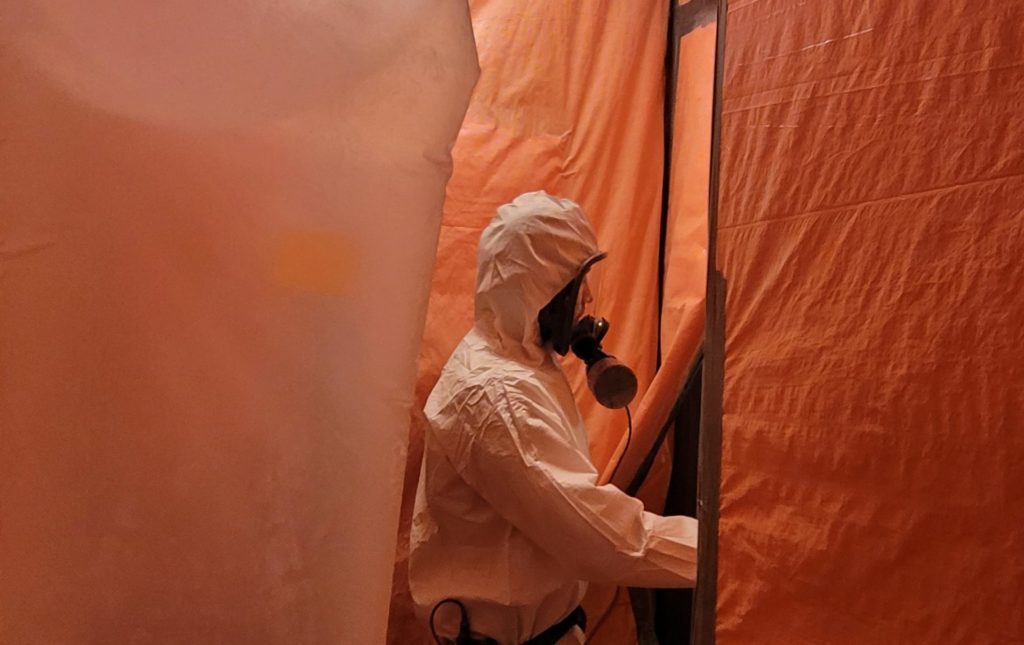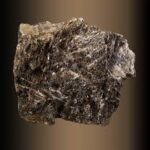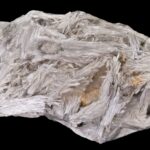What is Asbestos ?
Table of content
- What is asbestos ?
- What are Asbestos ?
- Chrysotile asbestos | The most commonly used type of asbestos
- The discovery of asbestos
- Asbestos mining | Asbestos mines
- Why asbestos was once considered a miracle mineral ?
- The use of asbestos | What asbestos was used for ?
- The asbestos strike
- Dangers of asbestos | The discovery of the dangers linked to asbestos
- Protect yourself
- Material testing to detect yhe presence of asbestos in materials
- Conclusion
What is Asbestos ?
Asbestos is a group of naturally occurring minerals with long, thin fibers. These minerals consist of microscopic crystals that can separate into fine fibers. Due to their physical and chemical properties, asbestos fibers have been widely used in the past in a variety of products, such as building materials, insulation, car brakes, textiles, and other industrial applications.
There are two main categories of asbestos:
- serpentinite, which includes chrysotile (white asbestos), and
- amphibolite, which includes actinolite, amosite, anthophyllite, crocidolite, and tremolite (all classified as blue asbestos or brown asbestos). Each of these types of asbestos has slightly different properties.
Inhaling asbestos fibres can lead to serious health problems, including lung diseases such as asbestosis, lung cancer and mesothelioma, which is a rare but aggressive cancer that often affects the pleura (the membrane surrounding the lungs).
Due to the health risks associated with asbestos, many countries have strict regulations in place that limit its use, and in some cases, ban its use altogether. Safe management and disposal of asbestos is essential to protect public health.
Our Company
Gestion Xpress Démolition provides you with a series of “Blog posts” to help you better understand our business and the issues related to asbestos.
Our most popular plog posts
Chrysotile asbestos | the most commonly used type of asbestos
The most common type of asbestos is chrysotile asbestos, also known as white asbestos. It accounts for approximately 90 to 95% of the asbestos used in building materials and industrial products worldwide. Chrysotile asbestos belongs to the serpentine family, characterized by long, flexible fibers, which made it popular for use in:
- Fiber cement roofing
- Ceiling panels
- Floor coverings
- Thermal and electrical insulation
The discovery of asbestos
The history of the discovery of asbestos dates back to ancient times, where this fibrous substance was used for various applications due to its unique properties. Here are some key points of this history:
- Ancient times: The use of asbestos dates back thousands of years. The ancient Greeks and Romans were aware of asbestos and used it to make fire-resistant fabrics. The word “asbestos” itself comes from the Greek “amiantos,” which means “incorruptible” or “indestructible.”
- Middle Ages: During the Middle Ages, asbestos was used to make fire-resistant clothing and other products. It was mistakenly believed that wearing asbestos clothing could have health-preserving properties.
- 17th century: European explorers noted the presence of asbestos during their travels. French naturalist Jean-Baptiste Béguin wrote about asbestos in 1667, noting its fire-resistant properties.
- 18th century: The first known asbestos mine was opened in Italy in the 18th century. However, actual commercial exploitation of asbestos began later.
- 19th century: The asbestos industry expanded in the 19th century with the development of mines in Russia, Canada, and South Africa. Asbestos was then used in a variety of products, including building materials, textiles, insulation, and brakes.
- 20th century: Asbestos use peaked in the 20th century, despite early concerns about health risks. Adverse health effects, including lung cancer and asbestosis, began to be understood more clearly over time.
Today, due to the serious health problems associated with asbestos exposure, many nations have implemented strict regulations and, in some cases, banned the use of this substance. The discovery of its health hazards has led to a gradual reduction in the use of asbestos in many countries.
Asbestos mining | Asbestos mines
From its beginnings in 1878, the asbestos industry grew rapidly and became the most important mining industry in Quebec, an importance it maintained until the Great Depression of the 1901s. Thus, the asbestos industry established itself as a supplementary sector in the regions surrounding the mines.
Asbestos mining in Canada was an important economic activity for many years. Canada was one of the world’s leading producers of asbestos, mainly because of the Jeffrey Mine in Asbestos, Quebec, which was one of the largest asbestos mines in the world. The main types of asbestos mined in Canada were chrysotile (white asbestos) and amosite (brown asbestos).
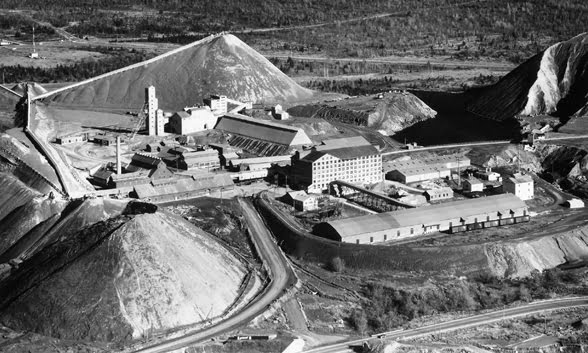
However, over time, growing concerns about the health risks associated with asbestos exposure led to a gradual reduction in the use of this substance and stricter regulations. Inhaled asbestos fibres can cause serious health problems, including respiratory diseases and various cancers.
In this context, Canada decided to end asbestos mining. In 2012, the Canadian federal government announced that it would stop the mining, processing and export of asbestos, effectively ending the asbestos industry in the country. This decision was made in large part due to growing health concerns and international pressure to ban asbestos.
The closure of the Jeffrey Mine in 2012 marked the end of asbestos mining in Canada. Since then, the Canadian government has put in place measures to safely manage the asbestos legacy, including strict regulation of existing asbestos in buildings and industrial sites, as well as health monitoring programs for exposed workers.
Asbestos is very popular because it resists fire and allows buildings to be insulated. At the end of the 19th century, asbestos deposits discovered in southern Quebec led to the creation of several mining towns. Among them, Thetford Mines and Asbestos (now City of Val-des-Sources) will benefit from this ore for decades.
Why Asbestos Was Once Considered a Miracle Mineral
While it might be difficult for you to work out exactly what asbestos is and why it was so often used in building during the 1930s to 1985, you will certainly be familiar with it, given that the word appears in newspapers regularly. So, what exactly is asbestos? Once thought of as a miracle mineral, what health risks does it pose? Would you want to use it? These are some of the many things you will be addressed in this post, so keep reading to find out more about one of the most dangerous construction materials in history.
The use of asbestos | What asbestos was used for ?
Asbestos has been widely used in a variety of products due to its unique physical properties, such as its resistance to heat, fire, abrasion, and its thermal and electrical insulation. However, due to the serious health risks associated with asbestos exposure, many uses have been restricted or banned in many countries. Here are some of the major uses of asbestos over time:
1. Building materials:
- Thermal and acoustic insulation: Asbestos has been used in a variety of insulation materials for buildings, including walls, ceilings, and floors.
- Roofing: Some types of asbestos, such as asbestos cement, have been used in the manufacture of roofing materials because of their resistance to weathering.
- Flooring: Flooring materials containing asbestos have been used, including in vinyl tiles and sheet flooring.
2. Automotive: Brakes and Clutches: Asbestos has been widely used in the manufacture of brake pads and clutch materials because of its resistance to heat and abrasion.
3. Textile Products: Fire-Resistant Clothing: Asbestos-containing fabrics have been used to make fire-resistant clothing, particularly for firefighters and workers exposed to hot environments.
4. Industrial Products: Insulation Materials: Asbestos has been used as an insulating material in a variety of industrial and electronic equipment. Gaskets and Seals: Asbestos-containing products, such as gaskets and seals, have been used in engines, boilers, and other equipment.
5. Ship : Marine Insulation: Asbestos has been used in shipbuilding for its insulating and flame-retardant properties.
6. Consumer Products: Household Appliances: Some consumer products, such as irons, may have contained asbestos.
It is important to note that due to the serious health risks associated with asbestos, many of these uses have been abandoned or replaced with safer alternatives. Additionally, most countries have implemented strict regulations on the use of asbestos, and in some cases, have banned its use. Safe management of asbestos in existing buildings is also an important concern to prevent potential exposure.
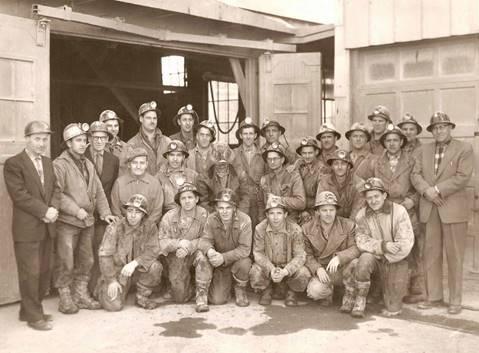
The Asbestos Strike
The Asbestos strike in Asbestos, Quebec, Canada in 1949-1950 was sparked by concerns about the working conditions and wages of asbestos miners. The main factors that contributed to this historic strike were:
- Harsh working conditions: Asbestos miners worked in harsh conditions, exposed to asbestos dust for long hours. Asbestos is known to cause serious health problems when inhaled, and miners were exposed to high levels of the substance without adequate protection.
- Unsatisfactory pay and benefits: Miners felt that their wages and benefits were not adequate, given the high health risks they were exposed to. They demanded fairer wages and improvements in working conditions to make their jobs safer.
Unions and Labour Rights: At the time, miners were seeking to strengthen workers’ rights and improve their union representation. The strike was a response to difficult working conditions and a quest for greater recognition and protection of workers’ rights.
Social and Political Climate: The strike took place in a context of social and political tensions. The post-war period saw an increase in union activity and labour movements across Canada. Asbestos miners were influenced by these broader developments and sought to assert their rights in this context.
Specific Triggering Events: Specific events, such as incidents in the mines, management decisions deemed unfair by workers, and rising tensions likely contributed to triggering the strike at a particular time.
The strike was one of the longest and most violent in Canadian history, but unfortunately, it ended in 1950 without any significant gains for the miners. However, it did have an impact on raising awareness of workers’ rights and helped shape the labour movement in Canada.
1. Canadian Asbestos Miners’ Strike (1949-1950):
In 1949, miners in the Asbestos region of Quebec launched a major strike against asbestos mining companies. The miners were demanding better working conditions and fairer wages. The strike was one of the longest and most violent in Canadian history. It ended in 1950 without any significant gains for the miners.
2. Closure of the last asbestos mine in Canada (2012):
In 2012, the Canadian government announced that it would stop mining, processing and exporting asbestos in Canada. The last operating asbestos mine, the Jeffrey Mine in Asbestos, Quebec, closed. This decision was made in large part because of growing health concerns about asbestos exposure and international pressure to ban the substance.
The closure of the Jeffrey Mine marked the end of the asbestos industry in Canada. It also led to discussions about economic transition for the Asbestos region, which had been heavily dependent on the asbestos industry.
These events reflect the challenges and controversies surrounding the asbestos industry, including concerns for the health of workers and the public, as well as the economic and social consequences associated with the closure of asbestos mines.
Dangers of asbestos | The discovery of the dangers linked to asbestos
Recognition of the dangers of asbestos emerged over time as scientific studies were conducted and cases of illness associated with asbestos exposure were documented. Here is a general timeline of the milestones in the discovery of asbestos dangers:
- Early 20th Century: The first indications of asbestos risks began to emerge in the early 20th century. In 1906, Dr. Montague Murray, a British physician, published a paper suggesting a link between asbestos exposure and lung disease.
- 1920s-1930s: The first cases of asbestosis, a lung disease linked to the inhalation of asbestos fibers, were documented in the 1920s and 1930s. However, at this time, the dangers of asbestos were not fully understood, and asbestos continued to be widely used in many industries.
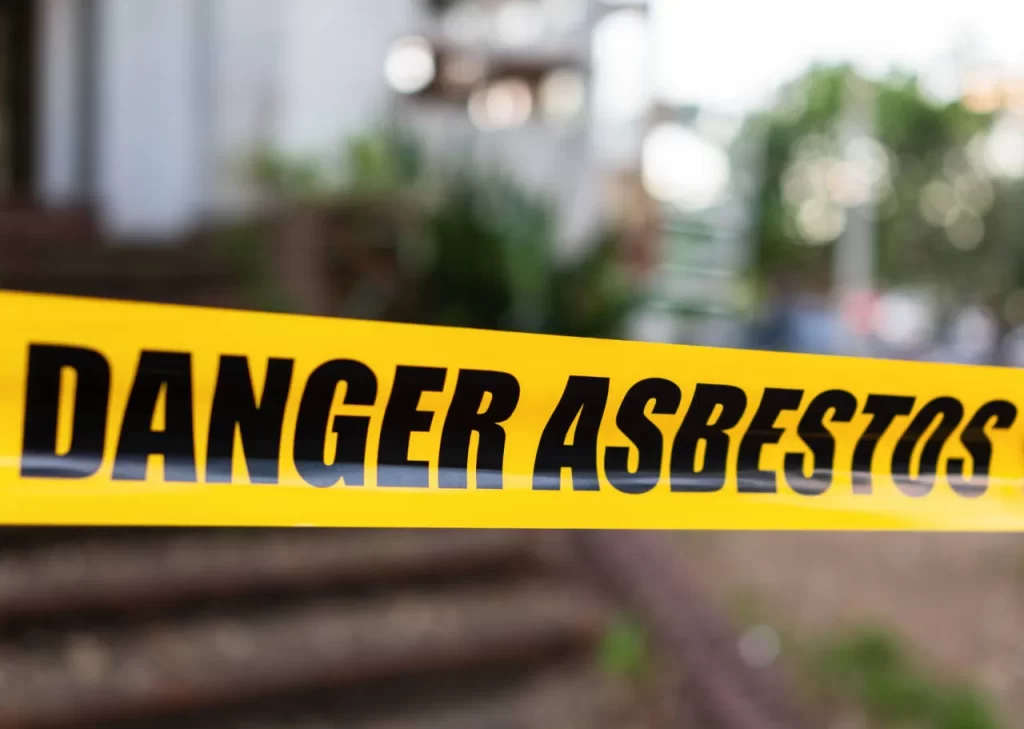
1960s: Epidemiological studies began to more convincingly demonstrate the link between asbestos exposure and serious diseases, including asbestosis and lung cancer. Researchers found a significant increase in the risk of lung cancer among workers exposed to asbestos.
1970s: Scientific evidence of the dangers of asbestos continued to accumulate. In 1972, the National Institute for Occupational Safety and Health (NIOSH) in the United States issued a warning about the risks of asbestos. Governments and public health agencies began to implement regulations to limit the use of asbestos.
1980s: Awareness of the health risks associated with asbestos led to bans and stricter restrictions on its use in many countries. In 1989, the U.S. Environmental Protection Agency (EPA) banned most new products containing asbestos.
1990s and beyond: Asbestos regulations and bans have expanded worldwide. Many countries have developed plans for the safe management of asbestos in existing buildings, and awareness campaigns have been conducted to inform the public of asbestos risks.
Today, although many countries have banned the use of asbestos or have strict regulations in place, managing asbestos in existing buildings remains a significant challenge to prevent potential exposure and protect public health.
Material testing to detect the presence of asbestos in materials
Material testing for asbestos is typically done for safety purposes, as asbestos can pose a health risk when present in building materials. Here’s how these tests are typically conducted:
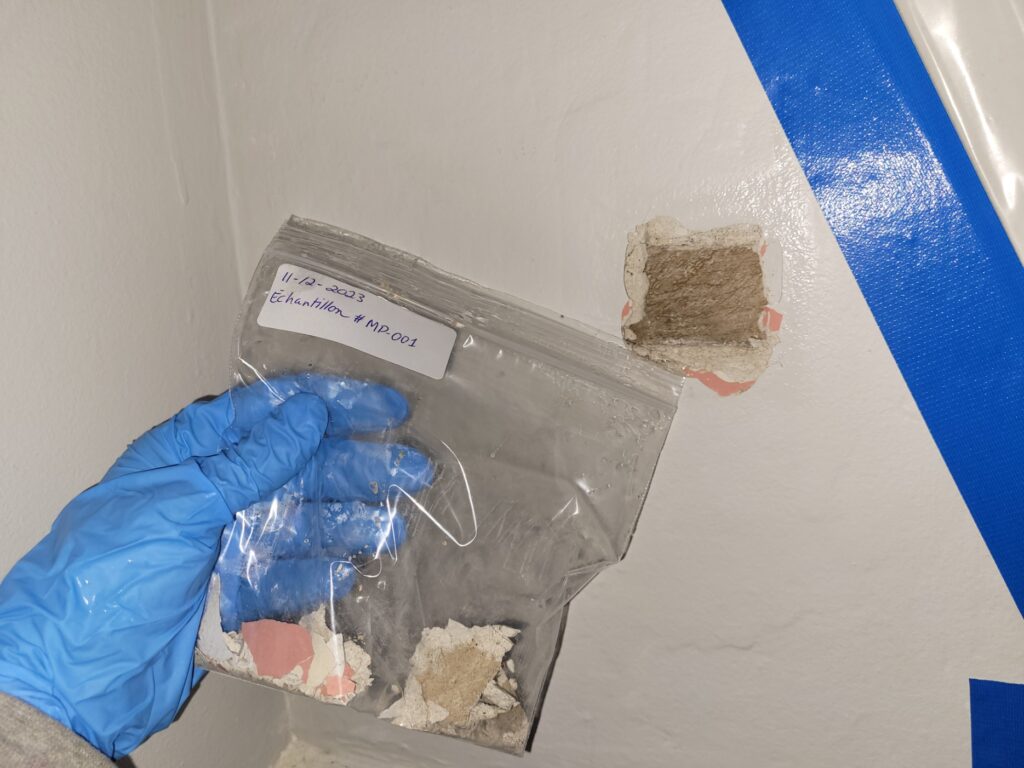
Visual inspection: An initial visual assessment can be carried out to identify signs of asbestos. However, asbestos is not visible to the naked eye, and laboratory analysis is required for accurate confirmation.
Sampling: Representative samples of the suspected material are taken. This may involve carefully removing a small portion of the material, using specific tools to avoid releasing asbestos fibres into the air.
It is essential to follow strict safety procedures when handling materials that may contain asbestos. If you are unsure whether your popcorn ceiling contains asbestos, it is recommended that you hire qualified professionals to carry out testing and possibly carry out decontamination work if necessary.
Conclusion
Asbestos has been found to be extremely harmful when inhaled. There is no safe level of exposure. It’s best to avoid it, but if you have asbestos in your home, make sure to keep it sealed off in an area that isn’t frequented by anyone who spends time there.
